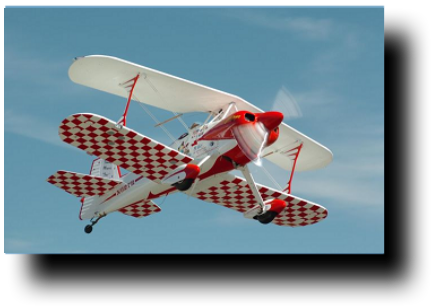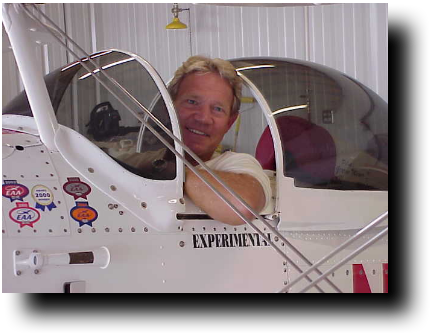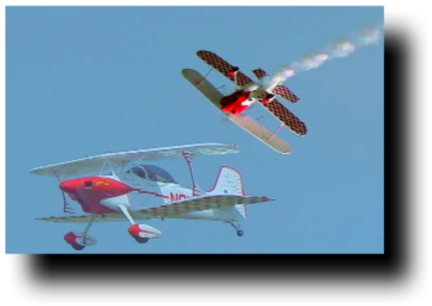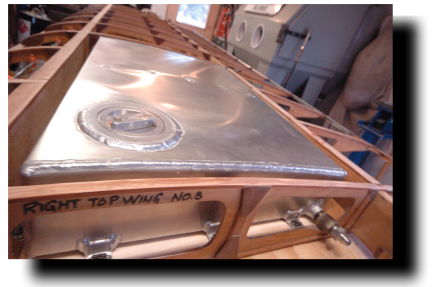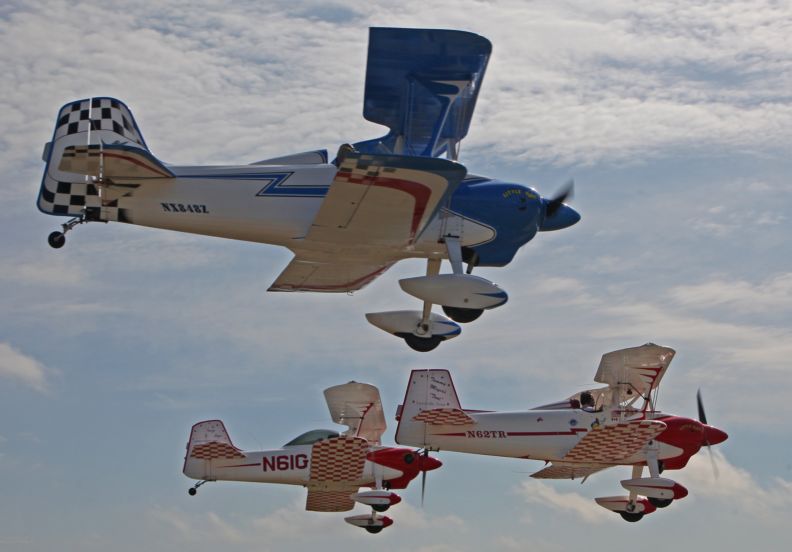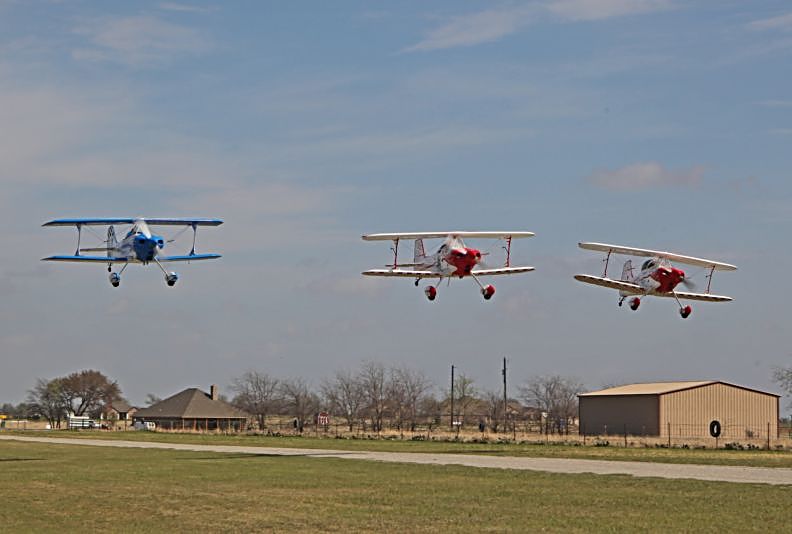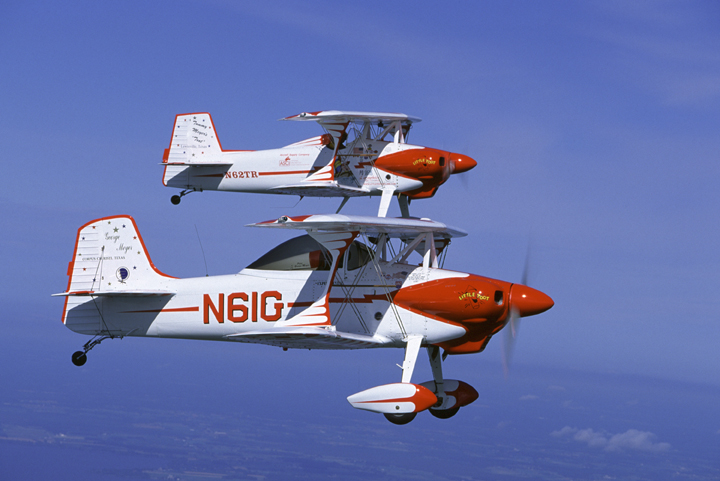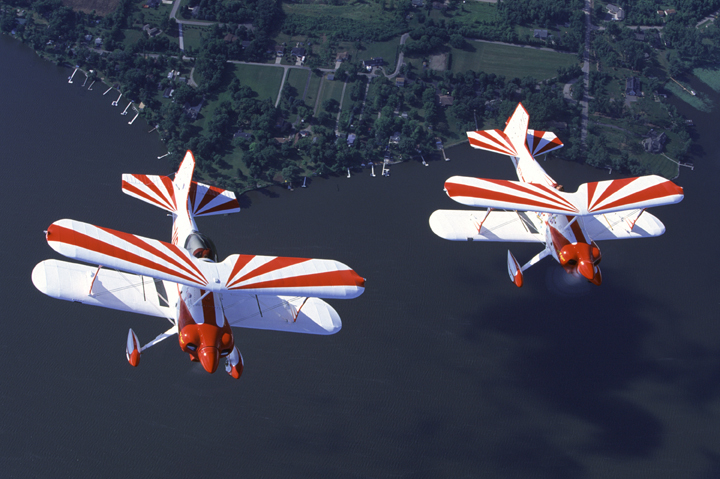The pictures alone say it all. Building and flying a Little Toot Biplane is an exhilarating experience. Designed in the early 1950's by George Meyer, this is truly a classic biplane design which looks as fresh and exciting today as it did back in the old days. If aerobatics are your thing, Little Toot is a fully aerobatic biplane which is rated to withstand +/- 10 G's and it will accept engines up to 250 horsepower. If you'd rather take it easy and enjoy a nice flight over farms and fields, you can fly it on as little as 90 horsepower. Whether you prefer flying a kitten or a tiger, the Little Toot handles very nicely in the air and on the ground with well harmonized controls.
The Little Toot is a single seat biplane which can be built with several optional configurations. If you live in a climate with lots of great weather, you may want to build the plane with an open cockpit where you can enjoy the sights, sounds and aromas of low and slow flying. Perhaps the weather is more of an issue where you live, you can also build the plane with a full sliding canopy to keep the rain out. Whether you decide to install a windscreen or a full canopy, you'll have several tints to choose from.
Closed Canopy With Smoke Tint
Classic Toot Paint Design
We know that you are wondering about the performance of the Little Toot, so we invite you to check out the Techs n Specs page. The Little Toot has a cruise speed of 145 MPH with a 180 HP engine and a maximum speed of 200 MPH, leaving you plenty of room to play in aerobatic flight. The same 180 HP engine will rocket you skyward at 2,150 feet per minute, yet the plane stalls are a mere 48 MPH.
The Little Toot is made of almost all standard aircraft materials. As a builder, you will get experience working with wood, fabric, steel, aluminum and fiberglass. You will need a workshop which is equipped with ordinary wood and metal working tools. There are a few specialized tools, but this is held to a minimum. The Little Toot wings are made of wood, and may be of traditional stick truss construction or the newer routed webs. The ribs are edged by spruce cap strips and stiffened by mahogany gussets. If you choose routed webs, you will be using birch plywood. Either way, you will get a lot of enjoyment out of hand crafting a beautiful set of wings.
Beautiful Wooden Wing Panel
The Little Toot fuselage can be built in two different ways. If you enjoy welding, you can build the entire fuselage from 4130 Chrome-Moly tubular steel, including the tail section. When you build a Little Toot, you will be doing some welding. The question is, how much welding do you want to do? If aluminum is your material of choice, the plans were drawn to include an alternate method of construction. You may build that plane with a semi-monocoque tail cone and empennage which bolts onto a welded steel cockpit section. Either way, you will get many hours of building pleasure whether by torch or rivet gun.
Tubular Steel Welded Fuselage
These two photos were taken by G R Dennis Price
at the March, 2011 TXAAA meeting at Clark Field.
N61G is, of couse, the original "Little Toot"
N62TR is Tommy Meyer's "Little Toot" and
NX848Z is "Tinker Bell" owned by Phill Witt.
Photos taken of N61G and N62TR at Oshkosh 2002.
Notice the old Control Tower in the background.
The tail of N61G has "Corpus Christi" on it.



